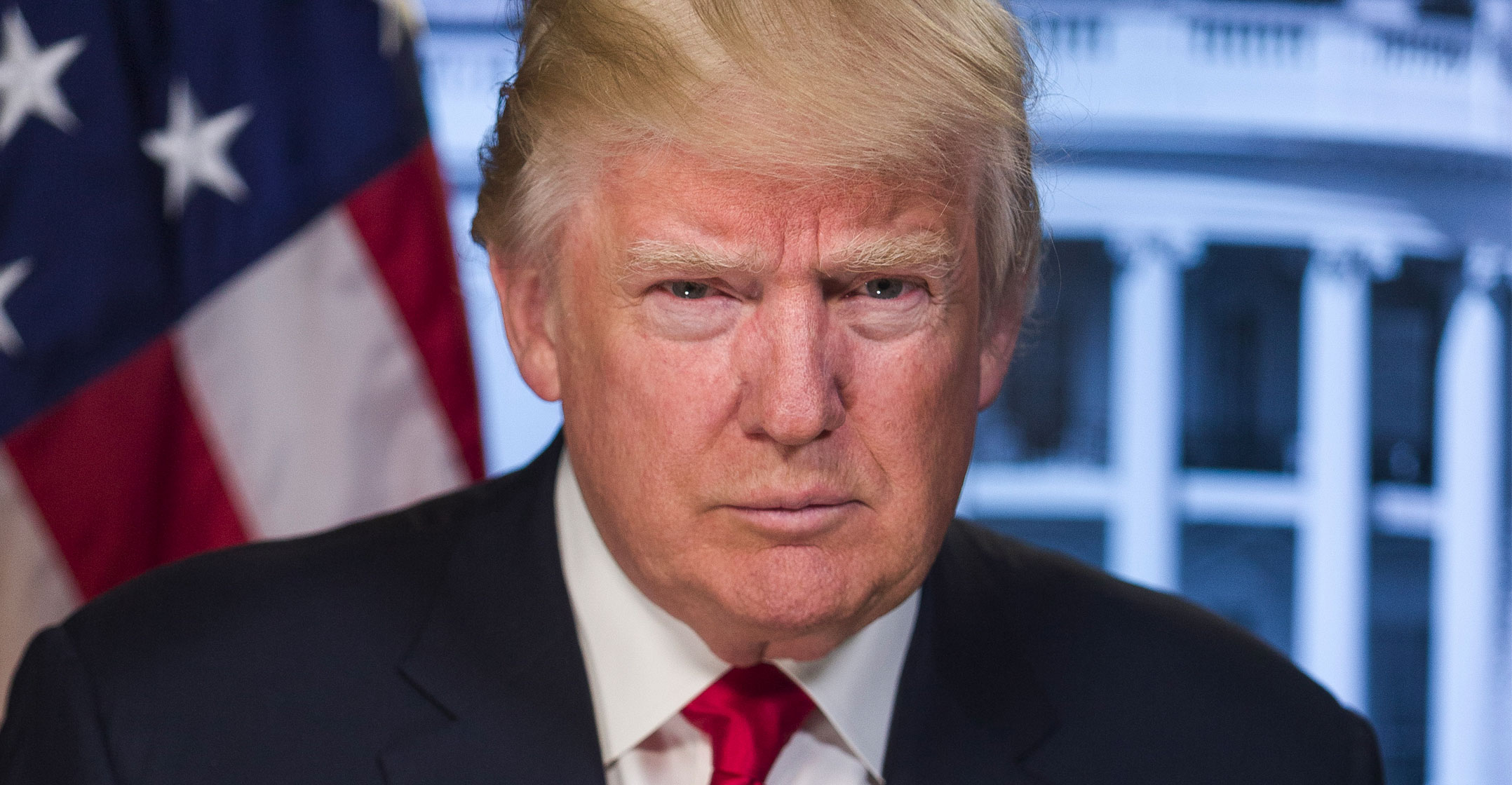
Huawei Technologies expects US export restrictions to reduce annual revenue at its consumer devices business by about US$10-billion, as the company is banned from buying American components like semiconductors and software.
China’s largest technology company is seeking ways to replace key US suppliers such as Cadence Design Systems and Synopsys, deputy chairman Eric Xu said Friday. The overall damage to the company will be a “little less” than billionaire founder Ren Zhengfei’s initial estimate, Xu added.
Huawei is seeking to develop alternatives after coming under intense pressure from the Trump administration, which has argued its technology represents a security threat. On Friday, it introduced its most powerful artificial intelligence chipset, the Ascend 910, which is poised to rival some of the best offerings from Qualcomm and Nvidia. Earlier this month, it offered the first glimpse of an in-house software — HarmonyOS — that may someday replace Google’s Android.
The company is also researching ways to replace chip-design software tools offered by Cadence and Synopsys, Xu told a news briefing in Shenzhen without elaborating. “There were no chip design tools 10 years ago, but the industry still developed chips,” said Xu, who argued that Cadence and Synopsys were not must-haves for design. “Intel started to develop chips in the 1970s, when those companies didn’t exist.”
Since May, Huawei has occupied the uncomfortable position of being both an established global brand and a member of the US Entity List, which bars it from trading freely with American suppliers. Despite a series of 90-day reprieves, the latest of which came this week, the uncertainty caused by American sanctions has already cost the company a great deal.
Slower sales growth
Even if Huawei is eventually brought in from the cold, the impact of the upheaval will be widespread and painful. Already, it reported slower sales growth in the second quarter compared to the first as the ban started to bite, especially into a consumer business encompassing smartphones and laptops. That, in turn, is accelerating Huawei’s effort to become self-reliant.
One area in which the Chinese company is rapidly developing in-house expertise is semiconductors, propelling Beijing’s ambitions of weaning itself off foreign chips. HiSilicon — Huawei’s chip design subsidiary — has been developing its capabilities for a long time, and it’s recently grown into the second largest customer (after Apple) for the world’s biggest chip manufacturing contractor Taiwan Semiconductor Manufacturing. Huawei has also elevated the presence of homegrown technologies throughout its product line — from base stations to smartphones and servers — as a key step to limiting the damage of the US ban.
The Ascend 910 processor unveiled Friday is a show of technological prowess. It will be used for AI model training, and Huawei says it outperforms all existing competition. Xu proclaimed that “without a doubt, it has more computing power than any other AI processor in the world”. The company also unveiled MindSpore, an AI computing framework that — along with the 910 — is supposedly twice as fast as Google’s TensorFlow.
”The 16 May sanctions incident had no impact on the execution of Huawei’s AI strategy nor commercialisation of AI products,” said Xu. “Our R&D project related to AI is building up steadily.” — (c) 2019 Bloomberg LP




